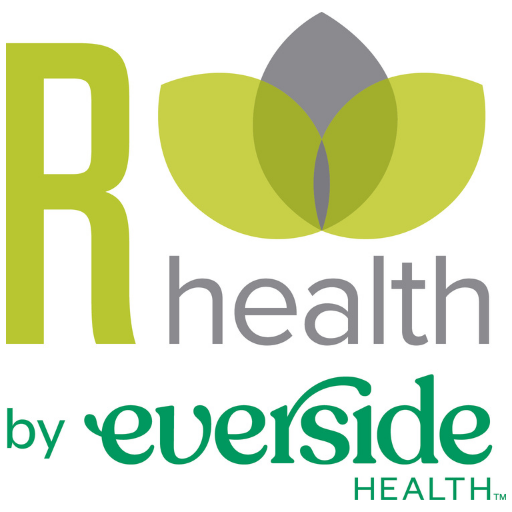Caring for the Caregiver
When constantly putting others first, it’s easy to forget or simply lack the energy to care for ourselves. As November and National Family Caregivers Month wrap up, we wanted to recognize that caregiving is selfless work that can be exhausting, both mentally and physically. Ironically enough, the effects of caregiving on health and well being is associated with health problems and even premature death. That’s why it is so critical for those in a caregiving roll to allocate adequate time to take care of themselves as well.
- Make YOU a Priority
It’s the cardinal rule of helping and caregiving: only when we first help ourselves, can we effectively help others. However, this is often much easier said than done. So begin by simply figuring out what areas of your personal life are lacking (i.e. time with family/friends, relaxation, hobbies, exercise). “If I had more time for __________ I would feel happier/less stressed.”
- Identify barriers
After identifying what you wish you had more time for or what would make you happier, start to think about what prevents you from these activities. What is getting in the way and keeping you from caring for yourself? Do you think you are being selfish if you put your needs first? Do you have trouble asking for help? Not enough time? Once you’ve started to identify what prevents you from self-care, you can slowly begin to break down these barriers and change your behavior.
- Lean how to ask for help
Many caregivers struggle with asking for help because they believe “I can do it myself,” “no one else can do it as well as I can.” Other times it’s that they don’t want to “burden” others or admit that they can’t handle everything on their own. This can-do attitude, albeit admirable, can be crippling for caregivers, leaving them with no time for themselves and lots of stress. Imagine how you would feel if you enlisted a friend or family member to watch the person you care for while you take a 15-minute walk. Or if your neighbor could grab a few items at the grocery store for you this week. Just like you, most people want to help. All you need to do is ask and maybe show them how. Remember that reaching out when you need support is a sign of strength.
- Talk with your doctor
Time is precious, especially as a caregiver. You may dread taking the person you care for, or yourself to the doctor because it takes two weeks to get an appointment and then you sit in the waiting room for an hour before seeing a doctor with whom you have no relationship. Direct Primary Care will save you time, money and allow you to develop a relationship with your personal doctor who will listen and help you work through your stress and the burdens of caregiving in a healthful way.
Dr. Steve Horvitz is R-Health’s Medical Director and one of the physician’s part of the NJ SHBP / SEHBP program.

